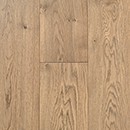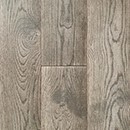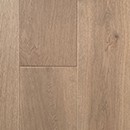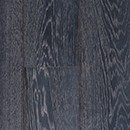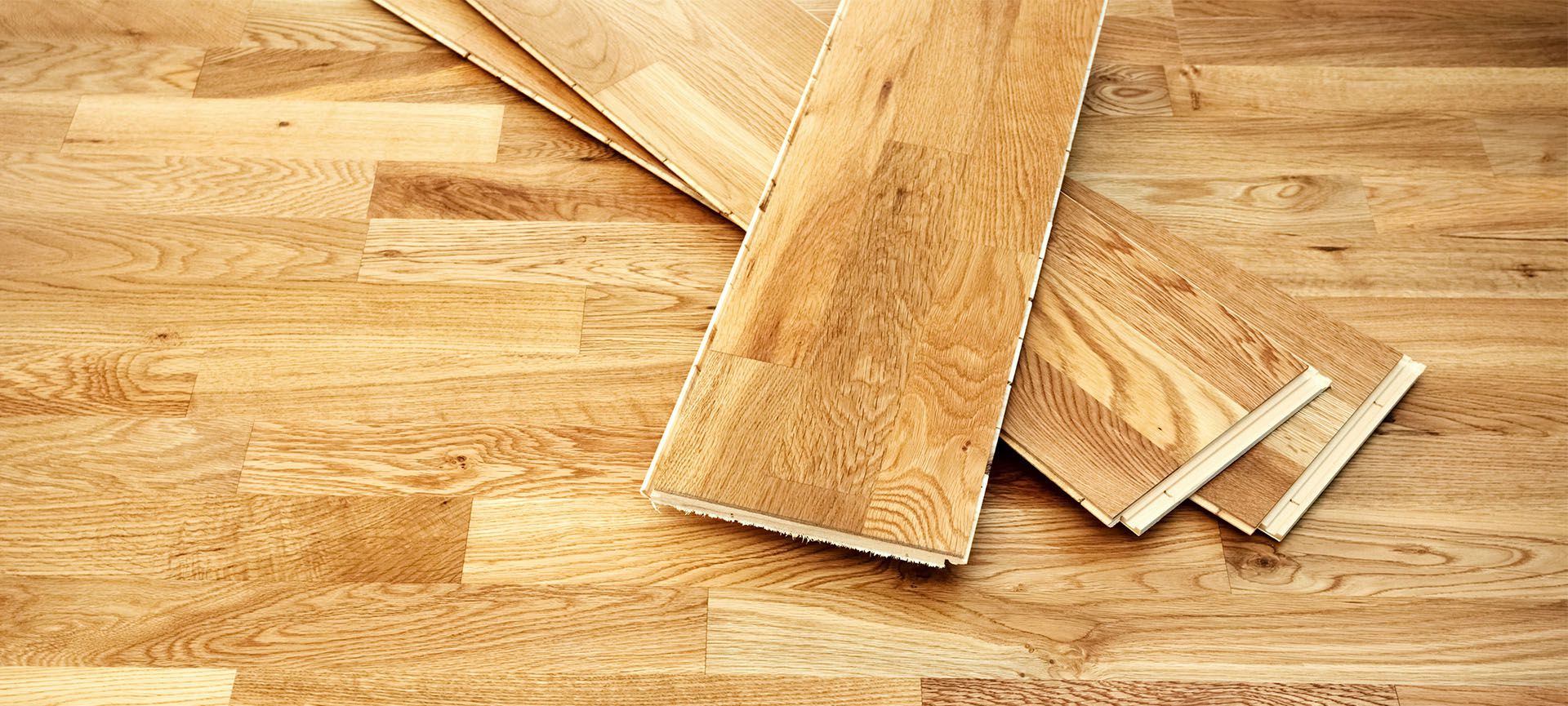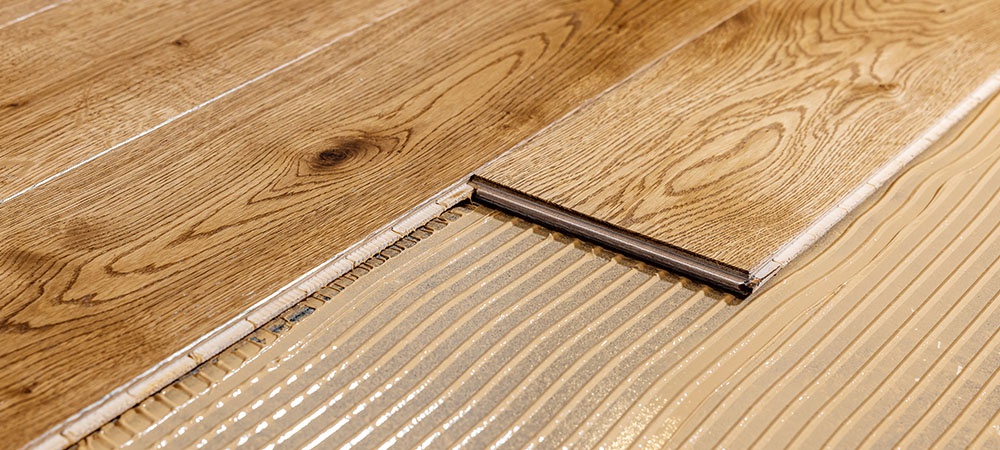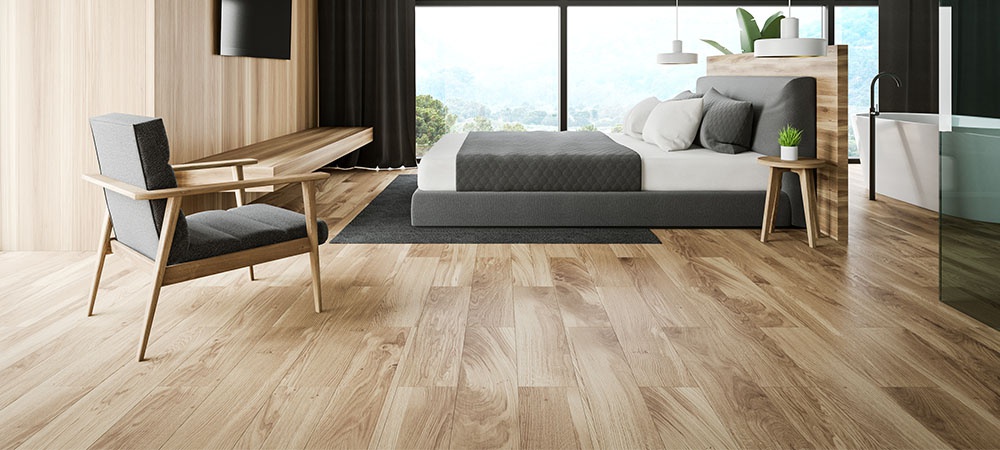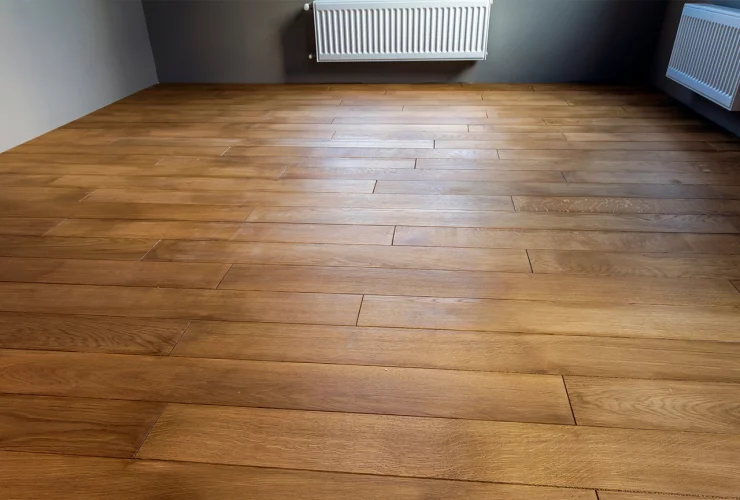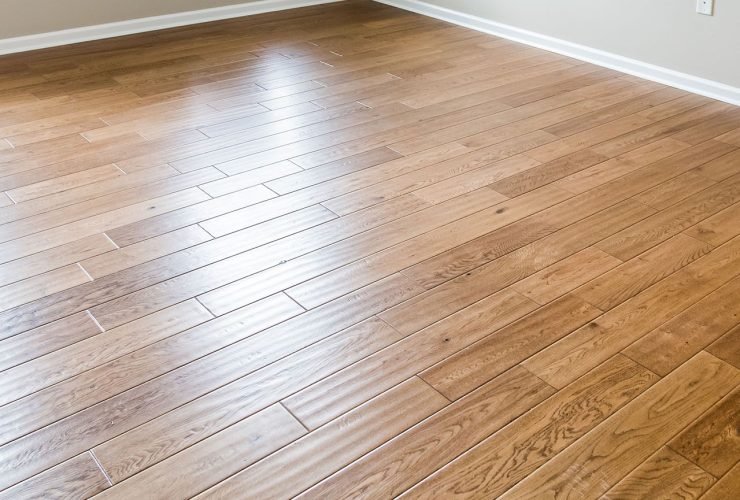Which is Better, 3-Ply or Multi-Ply Engineered Flooring?
Which flooring between 3-ply and multi-ply engineered flooring is better for you? How do you decide on which engineered flooring to use? The answers to questions are essential in determining which engineered flooring will be adequate for your home or office space.
When using engineered flooring, the plywood you choose will determine the longevity of your flooring. Hence, your decision between 3-ply and multi-ply engineered wood flooring influences the chances of repair spending in the future.
You’ll also want to install engineered flooring that appeals to the sensibilities of your home. This way, you can be confident in establishing your flooring and its aesthetically pleasing addition to your home.
Let’s jump into the classic debate of 3-ply vs. multi-ply engineered flooring without much further ado.
The Importance of Engineered Wood Flooring
The size of the North American wood flooring industry, estimated at USD 4.6 billion in 2019, is projected to increase at a CAGR of 1.5% from 2020 to 2027. The market is expected to grow due to the rising need for enduring, visually acceptable substitutes like 3-ply and multi-ply engineered flooring for traditional flooring materials.
Engineered wood flooring is ideal for you if you’re looking for durable flooring options. In addition, engineered wood flooring generally offers resistance against specific external forces.
Conversely, the flooring section underneath the solid hardwood consists of plywood. Hence, the quality of that plywood depends on whether you are using 3-ply or multi-ply engineered flooring underneath.
We’ll investigate the two main types of plywood for engineered flooring. We hope you’ll be able to decide which plywood is best for you.
First, we’ll familiarize you with both plywoods so you can easily choose between 3-ply and multi-ply engineered flooring. Get conversant with their definitions and unique features.
What is 3-Ply Engineered Flooring?
As the name suggests, 3-ply engineered flooring consists of 3 layers of wood, to no surprise. The top layer possesses a wood grain that runs opposite the middle layer. However, the bottom layer mirrors the direction of the top layer.
Their core layer consists of plywood for both 3-ply and multi-ply engineered flooring. However, with the 3-ply engineered flooring, the main plywood resides in the bottom layer.
Consequently, the top layer features any wood species of your choice, while the middle layer consists of softwood. The 3-ply engineered wood flooring is a very affordable option. The manufacturing process simply requires glue and three pieces of wood to manifest.
Related Article: Cost of Multi-Ply and 3-Ply Engineered Wood Flooring in Toronto
What is Multi-Ply Engineered Flooring?
Before you decide to install the 3-ply or multi-ply engineered flooring, let’s get you up to speed with the latter. Once again, as the name implies, the multi-ply engineered flooring consists of multiple layers of wood.
The multiple layers exist in odd numbers, and the plywood runs in a different direction for each layer. The opposite running of the plywood makes the multi-ply engineered flooring a more durable option.
3-ply and multi-ply engineered flooring possess plywood, but the latter contains a more significant number in their structure. In addition, the multiple layers and grid-like formation prevents the layers of wood from shifting, making them rigid.
Hence, the multi-ply engineered flooring can withstand greater temperatures and moisture than the former. In addition, the multiple layers endow the multi-ply engineered wood with enough reinforcements against external influences.
Ultimately, the multi-ply engineered flooring is the better option due to its longevity and overall durability.
Before you go to that hardwood store to buy engineered flooring planks, let’s compare and contrast the differences between the 3-ply and multi-ply engineered flooring.
The Pros and Cons of 3-Ply and Multi-Ply Engineered Flooring
Before you get too hasty and jump for the multi-ply engineered flooring, let’s discuss the stark differences between both options. You’ll be surprised at what 3-ply engineered flooring can provide.
Advantages of 3-Ply Engineered Flooring
Affordability
The most significant advantage of 3-ply over multi-ply engineered flooring is the price of the former. As mentioned above, the 3-ply engineered flooring is remarkably affordable due to its manufacturing procedure.
The 3-ply wood only consists of 3 layers of wood; hence, the binding process requires a strong adhesive. The adhesive will hold the three layers together in place. Therefore, this procedure reduces the overall cost of the 3-ply engineered flooring.
Availability
This point works in tandem with affordability. Before you choose between 3-ply and multi-ply engineered flooring, look into the latter’s availability. Due to the quicker manufacturing process of the 3-ply wood, the wood will be more available for purchase.
Disadvantages of 3-Ply Engineered Flooring
You’re familiar with the pros of 3-ply over multi-ply engineered flooring by now but let’s check out the cons of 3-ply wood.
Low Durability
The 3-ply engineered flooring consists of only three layers of wood and no more. Hence, such a limited number of layers makes the wood susceptible to external forces easily compared to the multi-ply engineered flooring.
The low durability means you may have to install engineered flooring more often than you would like. Hence, despite the affordability of the 3-ply wood, if care is not taken, you may spend more in the long run.
Poor Resistance to Moisture and Temperature Changes
The 3-ply engineered flooring doesn’t do well in the presence of moisture. It’s a tendency for the 3-ply wood to expand and crack due to moisture. In addition, the constant swelling and shrinking will cause the 3-ply wood to warp.
Advantages of Multi-Ply Engineered Flooring
Within the 3-ply and multi-ply engineered flooring debate, you’re now familiar with the pros and cons of the former. Next, it’s time to discuss the pros and cons of the latter.
High Durability
The presence of multiple layers within the multi-ply engineered flooring enables the wood to withstand extreme pressure and external forces. The various layers are rigid and push out against themselves. The cross-directional nature of the multiple layers also prevents the numerous layers from collapsing on themselves.
Resistance to Temperature Fluctuations
Between the 3-ply and multi-ply engineered flooring, the latter is more resilient to temperature fluctuations. In addition, the multi-ply engineered flooring can expand and contract without contorting or warping the surface of the hardwood.
Resistance to Moisture Content
Before you install a 3-ply or multi-ply engineered flooring, ensure to note how prone the area you are installing the engineered wood is to moisture. For example, if you’re installing the engineered flooring in a kitchen or bathroom, you’ll want to consider the multi-ply engineered flooring.
The grid formation can withstand the expanding effects when the multi-ply wood absorbs moisture. Moreover, the flexible contracting and expanding of the multi-ply wood will prevent any cracks from manifesting.
Underfloor Heating
Are you still deciding on which is better between the 3-ply and multi-ply engineered flooring? Well, how does adequate under-floor heating sound? Hence, if you’re into such, then the multi-ply engineered flooring is for you.
Disadvantages of Multi-Ply Engineered Flooring
High Cost
The production of multi-ply engineered wood is more complicated than that of 3-ply wood. Due to the multiple layers, the production requires more glue and time, ultimately leading to a higher cost. Furthermore, if you live in a relatively dry area with a nice and warm subfloor, going for the 3-ply engineered flooring might favour you more.
Therefore, before you venture out to buy engineered flooring planks, browse through the pros and cons of both 3-ply and multi-ply engineered flooring before making your final decision.
Related Article: What is the Best Thickness for Engineered Wood Flooring?
Final Thoughts
In a nutshell, both 3-ply and multi-ply engineered flooring possess peculiar qualities that make each one unique. However, we suggest you consider the multi-ply engineered flooring overall. The multi-ply wood is more durable and long-lasting.
Regardless of whichever engineered flooring, you decide to settle on. You can browse our catalogue of 3-ply and multi-ply engineered flooring planks and get started today. Three Trees Flooring is here to service all your engineered flooring needs.


